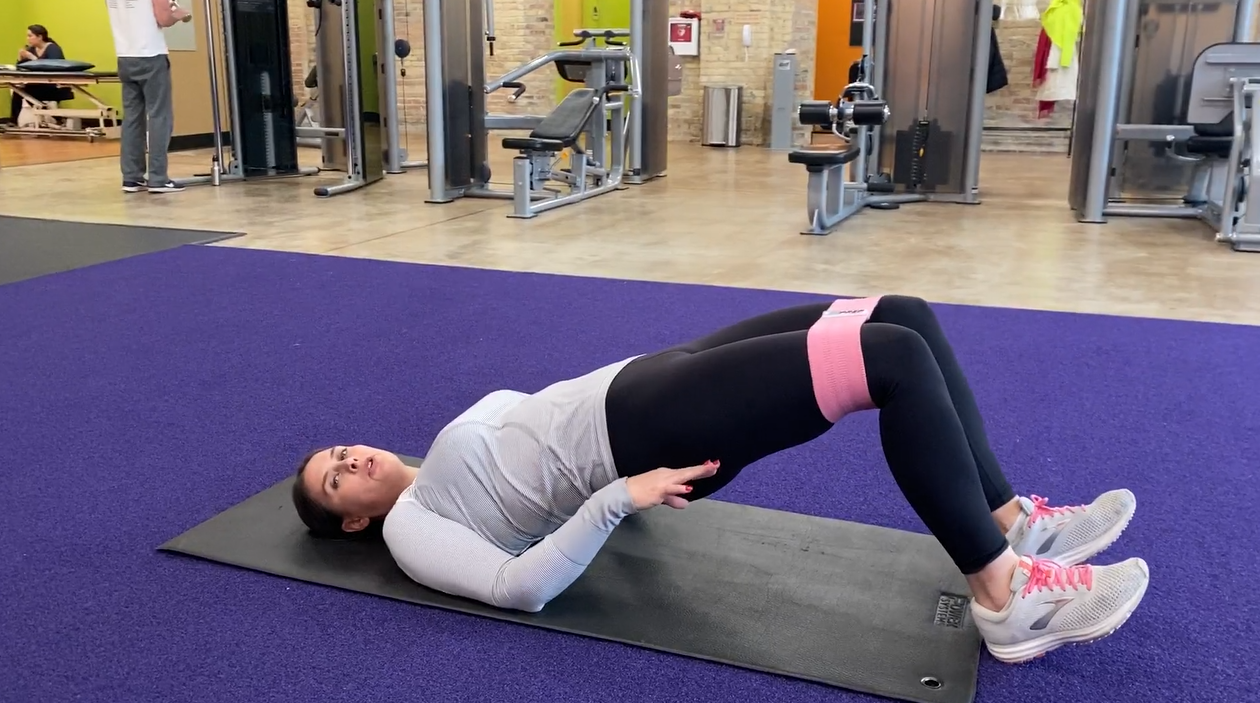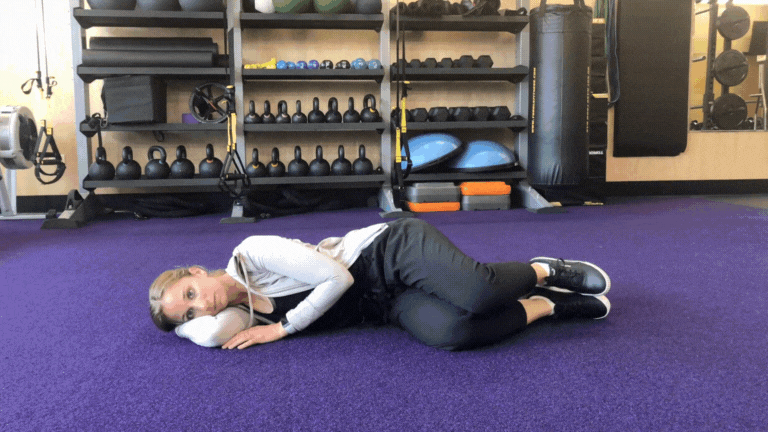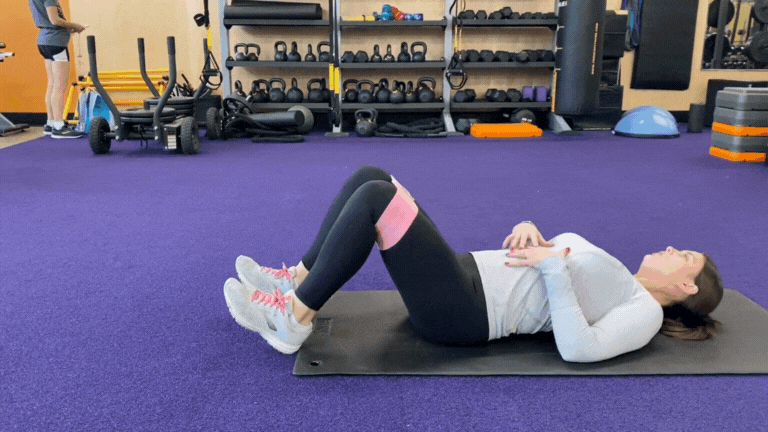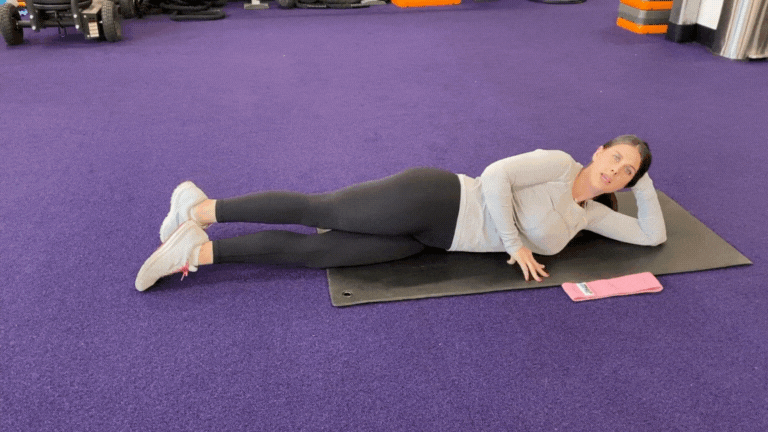When people think of the gluteus medius (glut med), they often imagine one single muscle responsible for hip stability. But the glute med is far more complex—it’s composed of three distinct fiber orientations: anterior, lateral, and posterior. Understanding the role of each, and how they interact, is key to preventing hip instability, resolving low back pain, improving gait, and reducing compensations like Trendelenburg or even functional scoliosis. In this article, we’ll also break down the best gluteus medius exercises for strength, rehab, and performance.
The Function of the Glute Medius
The glut med’s main job is pelvic stability. It keeps the pelvis level during walking, running, and single-leg stance activities. Without proper activation, the pelvis drops, creating inefficient movement patterns, abnormal loading on the hip/knee/ankle, and compensations up the chain.
Each fiber orientation contributes differently:
-
Anterior fibers: Help with hip internal rotation and flexion. They tend to dominate when the lateral and posterior fibers are weak or inhibited.
-
Lateral fibers: The primary abductors, crucial for keeping the pelvis stable in single-leg stance.
-
Posterior fibers: Work with glute max to extend and externally rotate the hip, providing power and control.
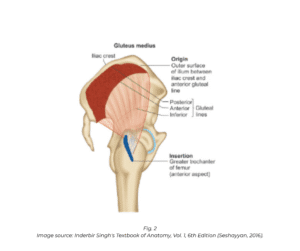
Why Differentiating the Fibers Matters
Most rehab and strength programs lump the glut med into one category—“hip abductor.” But if you don’t train the posterior and lateral fibers specifically, the anterior fibers often become overactive. This imbalance pulls the hip into a shortened or rotated position, preventing the glut med from functioning effectively.
That’s why learning to “turn off” the anterior fibers is critical. By inhibiting their dominance, you create space for the lateral and posterior fibers to fire, restoring true stability and strength.
The Missing Piece: Closed Kinetic Chain Training
Open-chain exercises (like clamshells) are valuable for isolating activation, but closed-chain strengthening (where the foot is fixed, like squats or weight shifts) is often missing in rehab. Closed-chain movements are more functional because they mimic real-life tasks: walking, standing, climbing stairs.
When trained correctly, they provide immediate symptom relief because they teach the pelvis, spine, and hip to share load properly. Without them, patients often continue to struggle with pain or instability despite “strengthening” their hips.
Why Shortened Glute Med Position Blocks Progress
If the glut med sits in a shortened position (due to posture, compensation, or anterior fiber dominance), strengthening won’t help. The muscle can’t generate power if it’s not moving through its full length-tension relationship.
That’s why lengthening work in both open- and closed-chain positions is crucial. Once you restore length and mobility, strengthening becomes effective. Without this step, the muscle will continue to underperform, leading to Trendelenburg gait, pelvic drop, or lateral trunk lean.
The Role of QL Compensation
When the glut med is weak or shortened, the quadratus lumborum (QL) often steps in. The QL hikes the hip to stabilize the pelvis, but this creates a lateral shift, increased spinal loading, and even the development of functional scoliosis over time. Addressing the glut med not only reduces hip pain but also protects the lumbar spine.
Exercises to Improve Glute Med Strength
These build stability across all three fiber orientations, with a focus on lateral and posterior recruitment:
-
Clamshells
-
Classic side-lying activation, but avoid letting the anterior fibers dominate.

-
-
Reverse Clamshells
-
Side-lying, but rotate the hip inward to challenge underused fibers.

-
-
Glute Bridge with Band (or single-leg variation)
-
Keep ribs down, drive through heels, and press knees slightly outward.

-
-
Side-Lying Hip Abduction
-
Keep the pelvis stacked, leg straight, and focus on posterior-lateral fibers.

-
-
Fire Hydrant with Straight Leg
-
On all fours, extend the leg straight and lift laterally, resisting trunk rotation.

-
Exercises to Improve Glute Med Length
These stretches and mobility drills help restore full fiber length and reduce compensations:
-
Supine Twist (Hip-Focused)
-
Lie on your back with one knee bent across the body. Focus on hip rotation, not lumbar twisting.
-
-
Supine Hip Internal Rotation
-
With knees bent, gently drop one knee inward while keeping the pelvis neutral.
-
-
Prone Hip Internal Rotation
-
Lie face down with knees bent to 90°. Let your feet fall outward, creating IR at the hip.
-
-
Sciatic Nerve Neural Flossing
-
Sit tall, extend one leg, flex ankle, then gently release. Alternate tension and release.
-
-
Sciatic Nerve Neural Flossing with IR and Adduction
-
Same as above, but add a small inward hip rotation and adduction for a deeper glide.
-
Final Thoughts
The glut medius is more than just a “hip abductor.” Its three distinct fibers each play unique roles, and dysfunction often stems from failing to address their balance. By:
-
Turning off overactive anterior fibers
-
Restoring length in shortened muscles
-
Training in closed-chain positions
-
Correcting QL compensations
…you can restore true pelvic stability, reduce pain, and improve overall performance.
If you’ve been struggling with hip weakness, instability, or compensations like Trendelenburg gait, our team at PREP Performance Center can help. Book your 1-on-1 evaluation today at our Chicago clinic or schedule now. Click the button below

